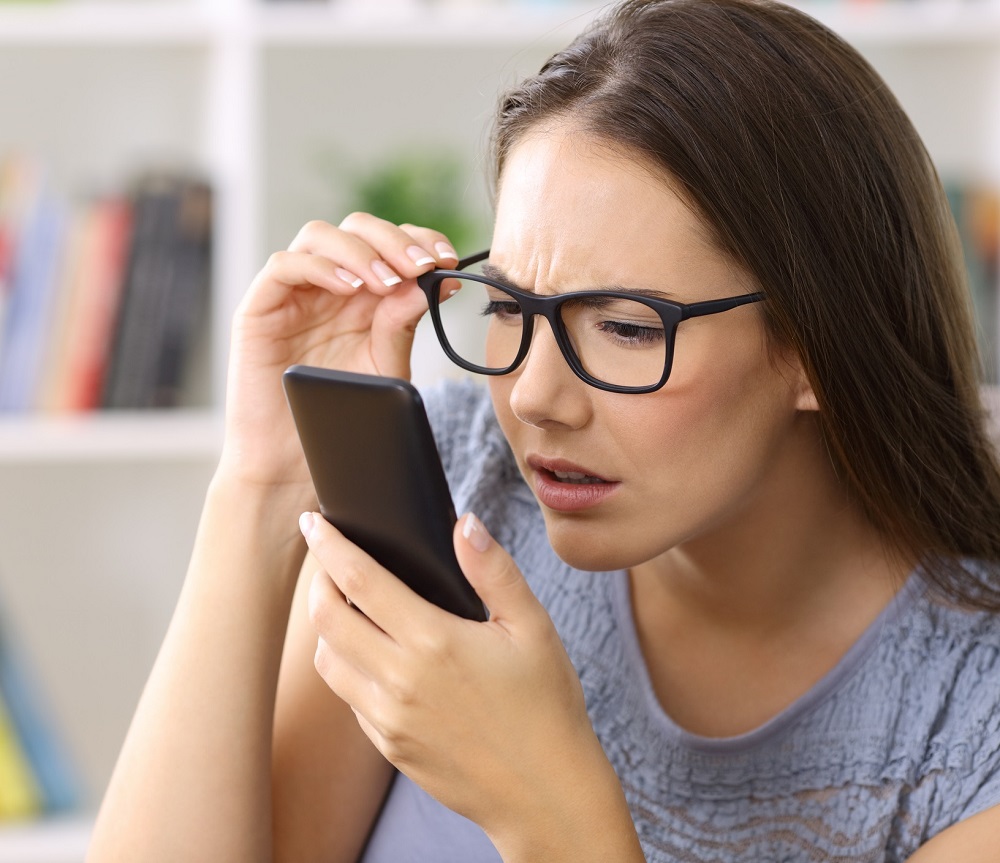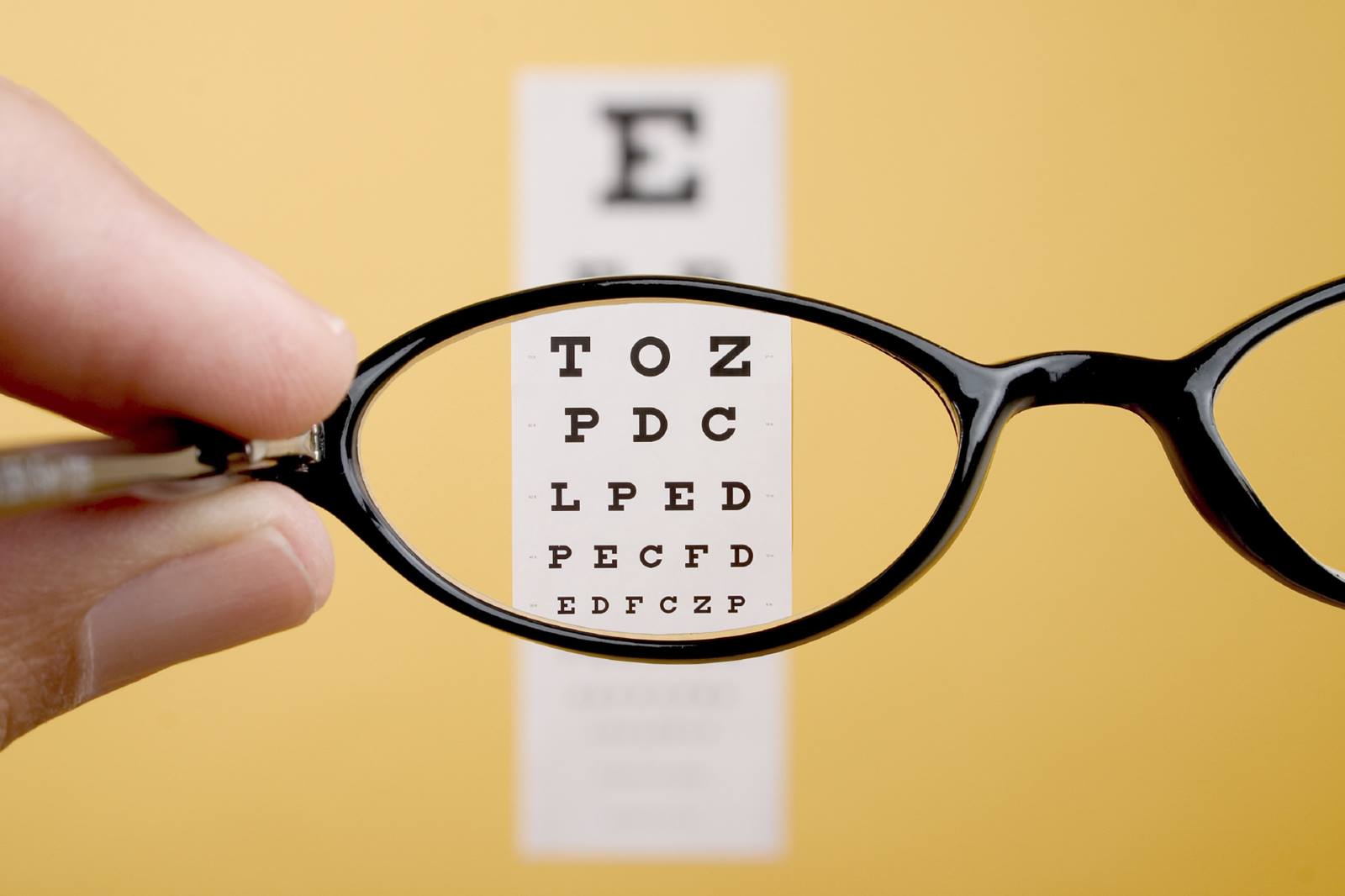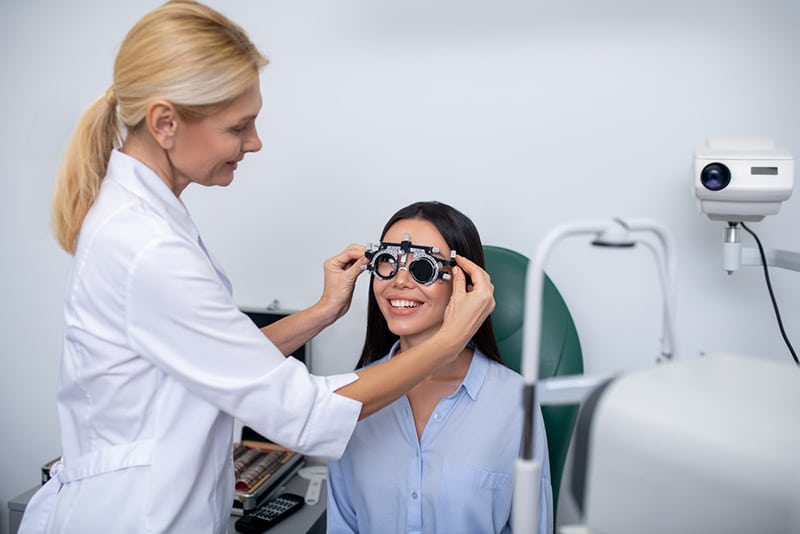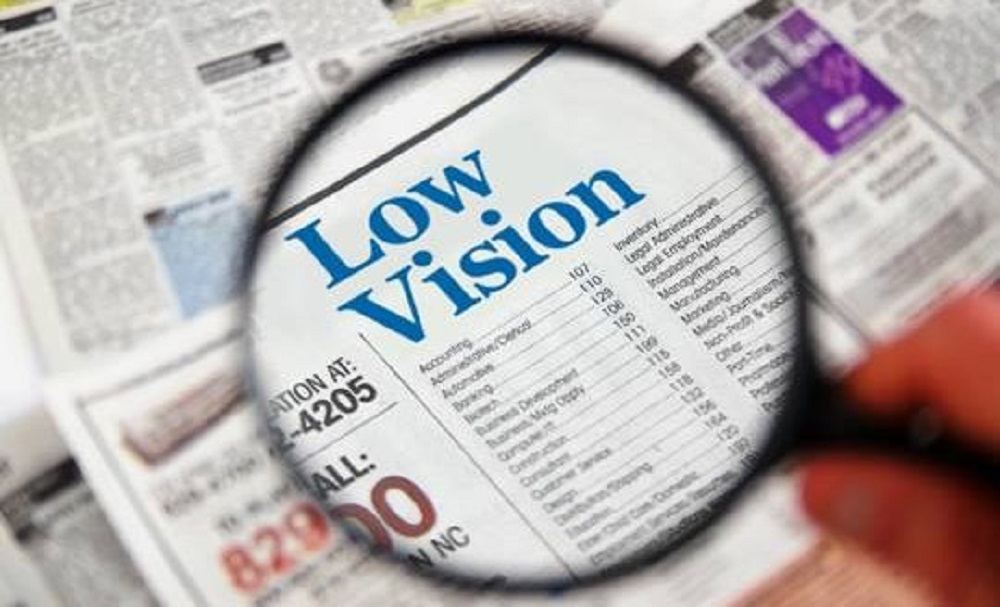Living with low vision, whether due to age-related conditions like macular degeneration or diseases such as glaucoma and diabetic retinopathy, can present daily challenges. Simple tasks like reading, recognizing faces, or safely navigating the environment become more difficult. Fortunately, recent advancements in technology have opened up new horizons for individuals with low vision. In this article, we’ll explore the latest advances in low vision aids and how they are revolutionizing the lives of those affected by visual impairments.
Understanding Low Vision
A. Defining Low Vision
Low vision refers to a significant visual impairment that cannot be fully corrected with conventional eyeglasses, contact lenses, or surgical interventions. It often involves reduced visual acuity, blind spots, or a narrowing of the visual field.
B. Common Causes of Low Vision
Low vision can stem from various causes, including:
- Macular Degeneration: A leading cause of low vision, it affects the central part of the retina, impairing sharp central vision.
- Glaucoma: Increased intraocular pressure damages the optic nerve, leading to peripheral vision loss.
- Diabetic Retinopathy: High blood sugar levels damage blood vessels in the retina, causing vision problems.
Traditional Low Vision Aids
Traditional low vision aids have long been valuable tools for individuals with visual impairments. These include:
- Magnifiers: Handheld or stand-mounted devices that enlarge text and objects.
- Reading Glasses: Prescription or over-the-counter glasses designed for reading.
- Large-Print Materials: Books, documents, and calendars with larger-than-normal fonts.
However, these aids have limitations, especially when it comes to complex tasks or digital interaction.

Emerging Technologies in Low Vision Aids
A. Smart Glasses for Low Vision
The latest smart glasses are equipped with advanced cameras and display technology. They offer features like:
- Magnification: Users can zoom in on text or objects to enhance visibility.
- Object Recognition: Smart glasses can identify and describe objects in the user’s field of view.
- Augmented Reality (AR): AR overlays provide contextual information, such as identifying faces or reading signs.
- Smart glasses like the OrCam MyEye and eSight have gained popularity for their transformative impact on daily life.
B. Wearable Visual Assistance Devices
Devices such as OrCam MyEye and eSight use cutting-edge camera technology and computer vision to provide real-time assistance:
- Text Reading: These devices can read aloud printed text, making books, menus, and labels accessible.
- Object Recognition: They can identify faces, products, and obstacles, improving social interactions and mobility.
- These wearable aids have garnered praise for their ability to restore independence and confidence.
C. Accessible Smartphone Apps
Accessible apps for smartphones and tablets offer a wide range of features, including:
- Screen Readers: Text-to-speech technology reads aloud text displayed on the screen.
- Voice Commands: Users can control their devices and access information through voice commands.
- Magnification: Apps offer real-time zoom and color contrast adjustments.
- Apps like VoiceOver (iOS) and TalkBack (Android) have become essential tools for low vision individuals.

Artificial Intelligence and Low Vision Aids
Artificial intelligence (AI) is at the forefront of improving low vision aids. AI-powered features include:
- Object Recognition: AI algorithms can identify and describe objects in the user’s surroundings.
- Text-to-Speech: AI-driven text-to-speech technology reads printed text in real-time.
- Personalization: AI can adapt the aid’s settings to the user’s preferences.
These AI-driven enhancements offer a more dynamic and tailored user experience.
Customizable Low Vision Solutions
Personalization is key in the latest low vision aids:
- Customizable Settings: Users can adjust magnification levels, contrast, and font size to suit their specific needs.
- Voice Preferences: AI-powered aids can adapt to different voice styles and accents for more natural interaction.
These customizable features ensure that low vision aids cater to individual requirements.

Low Vision Aid Clinical Trials and Research
Ongoing research and clinical trials in the field of low vision aids are paving the way for future innovations:
- Vision Restoration: Researchers are exploring therapies and technologies that aim to restore lost vision.
- Improved User Interfaces: Efforts are being made to create more intuitive and user-friendly interfaces for low vision aids.
Stay tuned for potential breakthroughs that could further improve the lives of those with low vision.
Accessibility and Affordability
Ensuring the accessibility and affordability of advanced low vision aids is crucial:
- Nonprofit Organizations: Many organizations work to provide low vision aids to those in need, often at reduced costs.
- Government Initiatives: Some governments offer financial assistance or subsidies for assistive technologies.
Efforts are ongoing to make these aids accessible to a wider range of individuals.
Real-Life Success Stories
The impact of the latest low vision aids cannot be overstated. Countless individuals have experienced remarkable transformations in their lives:
- Regained Independence: Users have regained the ability to read, recognize faces, and navigate their environment independently.
- Enhanced Quality of Life: These aids have improved social interactions, educational opportunities, and overall well-being.
Conclusion
The latest advances in low vision aids represent a beacon of hope for those living with visual impairments. Smart glasses, wearable devices, accessible apps, and AI-powered technology are making tasks once considered daunting or impossible achievable once again. As research continues and accessibility expands, the future for individuals with low vision looks increasingly bright, filled with newfound independence and opportunities for a more fulfilling life.
FAQs
1. What is low vision, and how is it different from blindness?
Low vision refers to a significant visual impairment that cannot be fully corrected with conventional eyeglasses, contact lenses, or surgery. Unlike blindness, individuals with low vision may still have some level of visual perception, but it is severely impaired, making daily tasks challenging.
2. Are there different types of low vision aids, and how do I choose the right one for my needs?
Yes, there are various types of low vision aids, including smart glasses, wearable devices, smartphone apps, and traditional aids like magnifying glasses for macular degeneration. The choice depends on your specific needs, lifestyle, and preferences. Consulting with an eye care professional can help you determine the most suitable aid.
3. Do low vision aids work for all types of visual impairments?
Low vision aids can be beneficial for a wide range of visual impairments, including macular degeneration, glaucoma, diabetic retinopathy, and more. However, the effectiveness of a particular aid may vary depending on the individual’s condition and the aid’s features.
4. Are these advanced low vision aids affordable, and is financial assistance available?
The cost of advanced low vision aids can vary, but there are nonprofit organizations and government initiatives that offer financial assistance or subsidies to make these aids more accessible and affordable for individuals with low vision. Additionally, some insurance plans may cover part of the cost.
5. How can I stay updated on the latest developments in low vision aids and technologies?
To stay informed about the latest advancements in low vision aids and technologies, consider following reputable organizations, attending conferences, and subscribing to newsletters or publications related to visual impairments and assistive technologies. You can also consult with eye care professionals who are knowledgeable about the latest options.
6. Are there support groups or communities for individuals with low vision to share experiences and insights about these aids?
Yes, there are numerous support groups, online communities, and organizations dedicated to individuals with low vision. These platforms provide a space for sharing experiences, learning from others, and staying updated on the latest developments in low vision aids and technologies.
⚠ Article Disclaimer
The above article is sponsored content any opinions expressed in this article are those of the author and not necessarily reflect the views of CTN News






